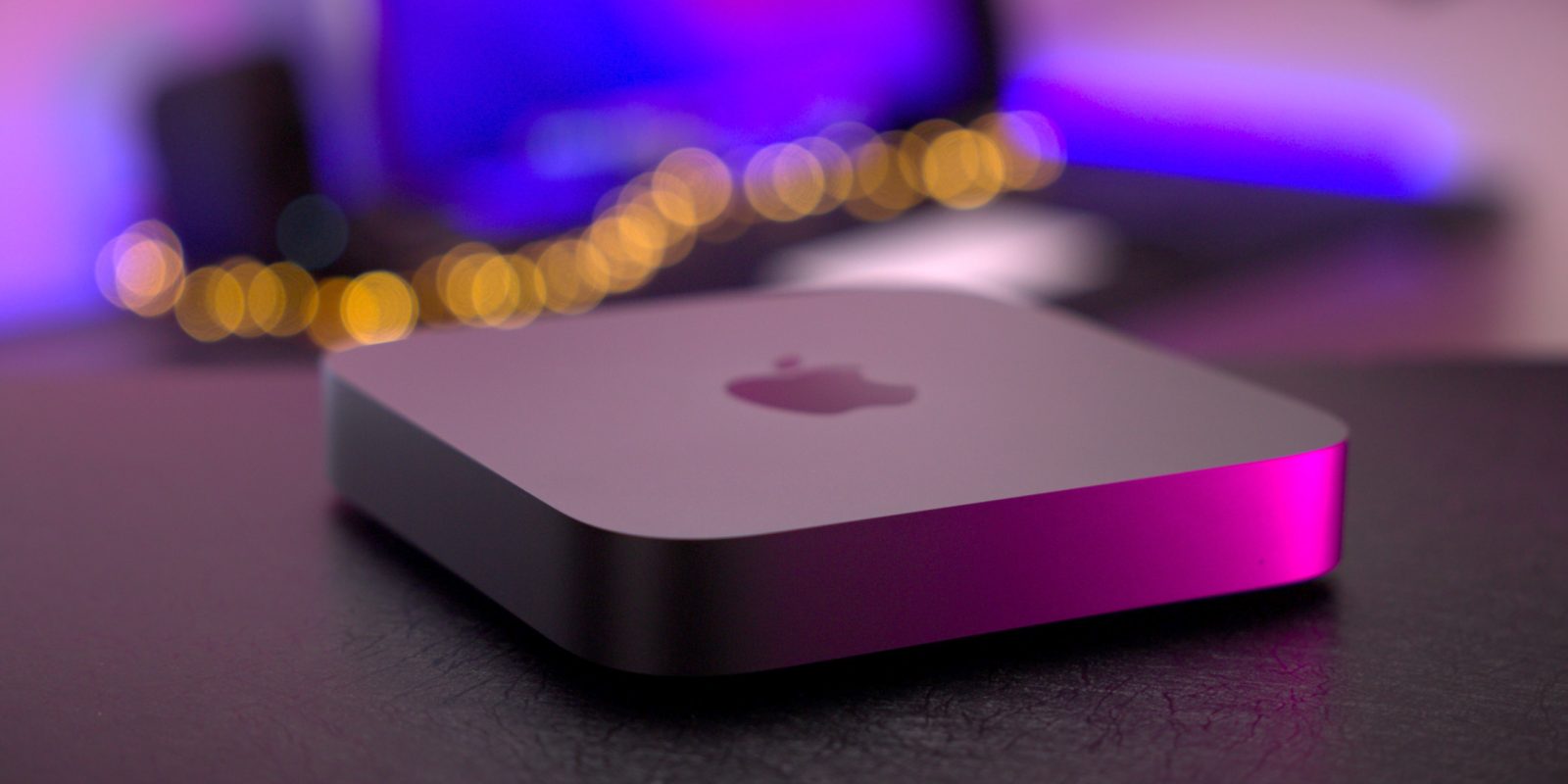
I’m a big fan of the M1 Mac mini. Like all Apple Silicon-powered Macs, it’s notably faster, runs quieter, and stays cooler than its Intel-powered predecessor. Although I use the 16-inch MacBook Pro day-to-day, the M1 Mac mini remains a desktop staple for me.
But the M1 Mac, like all M1-powered machines, leaves room for improvement in important areas like storage, memory, and physical I/O. Watch my latest Back to the Mac episode as I explore the state of the Mac mini from both an Intel and Apple Silicon perspective. In it, I share my wishlist of features I’d like to see in the rumored Mac mini refresh and explore some of the advantages that the Intel Mac mini currently has over the version donning Apple Silicon. I’ll also take a look at how current Intel Mac mini owners can breathe new life into their existing machines.
2022 Mac mini – an imminent refresh?
It’s been rumored that Apple will host an event on March 8 where it will possibly announce three new Macs. One of those Macs will likely be a refreshed Mac mini, the first new machine in the lineup since November 2020’s M1 model.
Back in May 2021, Bloomberg reported that a new high-end Mac mini was in the works. The report noted that the Mac mini would feature the same Apple Silicon with 10-core CPU as the MacBook Pro, along with build-to-order options for up to 64GB of unified memory, and a GPU featuring either 16 or 32 graphics cores. According to Bloomberg’s report, the updated Mac mini would also feature four physical Thunderbolt ports.
Video: Back to the Mac – My Mac mini wish list
Subscribe to 9to5mac on YouTube for more videos
A further August 2021 report by Bloomberg noted that the new Mac mini would feature an updated design and reiterated the claim about more ports than the current-generation model.
Additional rumors note that the new Mac mini will feature a new industrial design featuring an external chassis with a plexiglass-like reflective surface on top. This sounds similar to the M1-powered iMac, indicating that the 2022 Mac mini may take strong cues from Apple’s popular all-in-one machine. It’s also quite likely that the updated Mac mini will feature a more compact design, given that there was a lot of room left when swapping out the Intel guts for Apple silicon.
Yesterday, Bloomberg’s Mark Gurman again noted that the Mac mini will be among the new hardware announced during the March event. According to the report, Apple plans to launch two new Mac minis in 2022, one with last year’s M1 Pro chip, and another with a still-to-be-announced M2 chip. It seems likely that the higher-end M1 Pro model will arrive first, with more professional-oriented features in tow.
What the Intel Mac mini currently does better…
The Intel Mac mini, although nowhere near as fast as the Mac mini with Apple Silicon, maintains a few distinct advantages over the current M1 version. Some of these shortcomings will be addressed with the upcoming refreshed model.

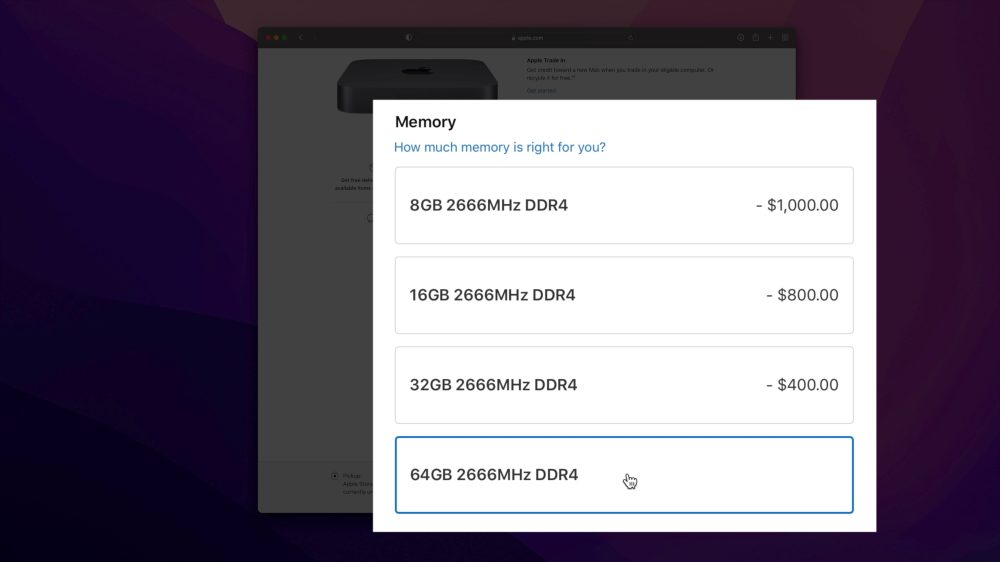
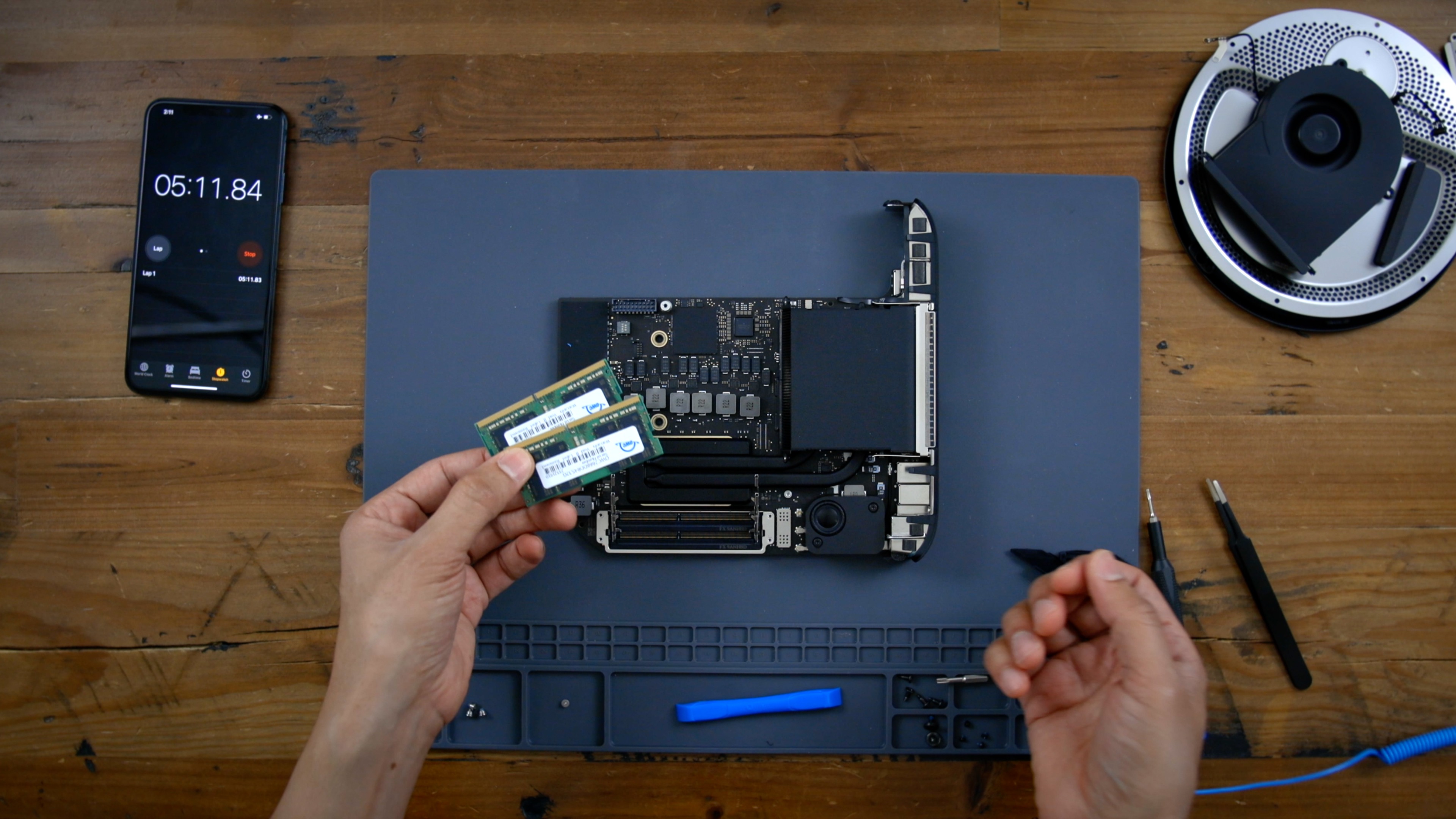
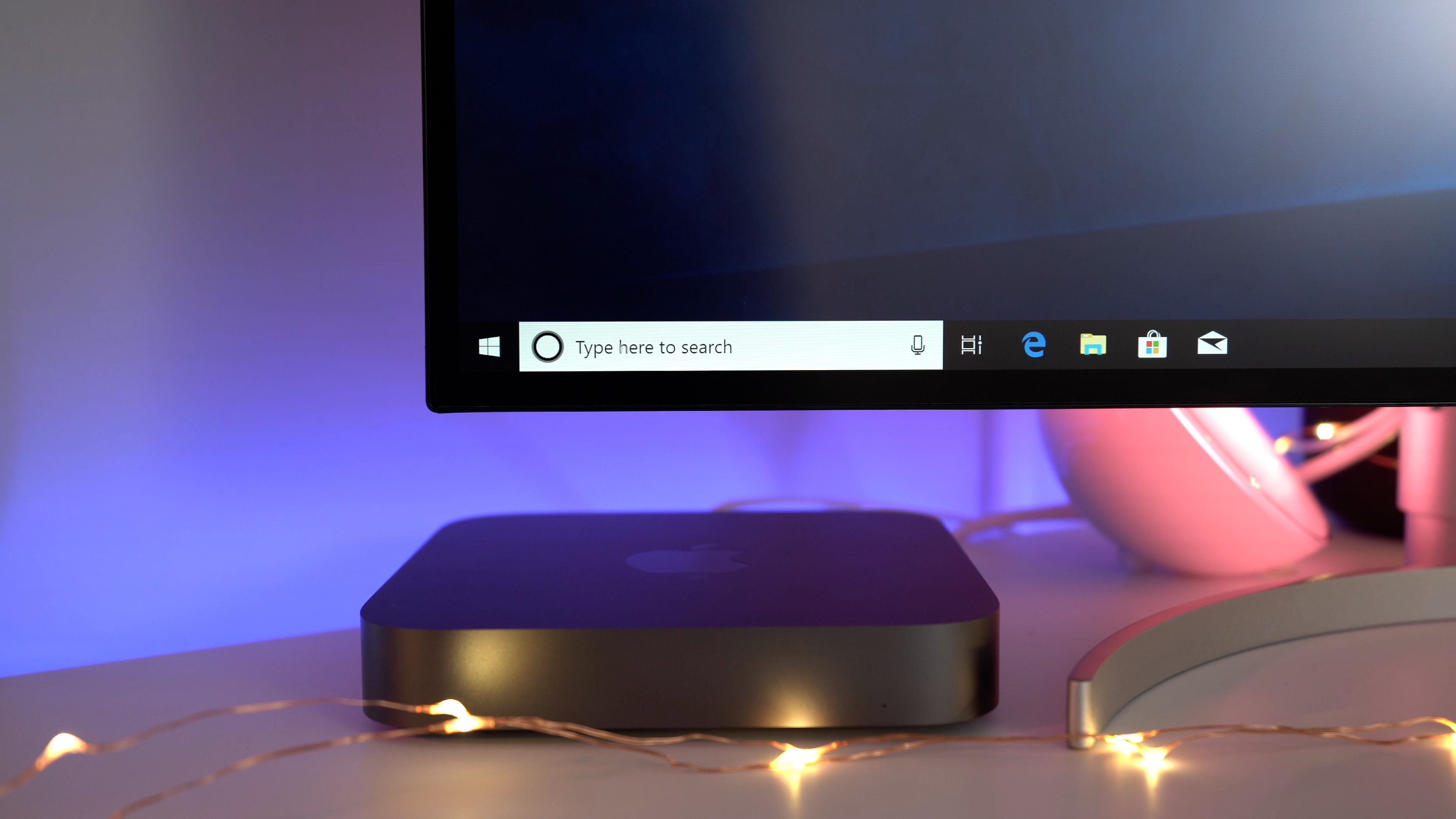
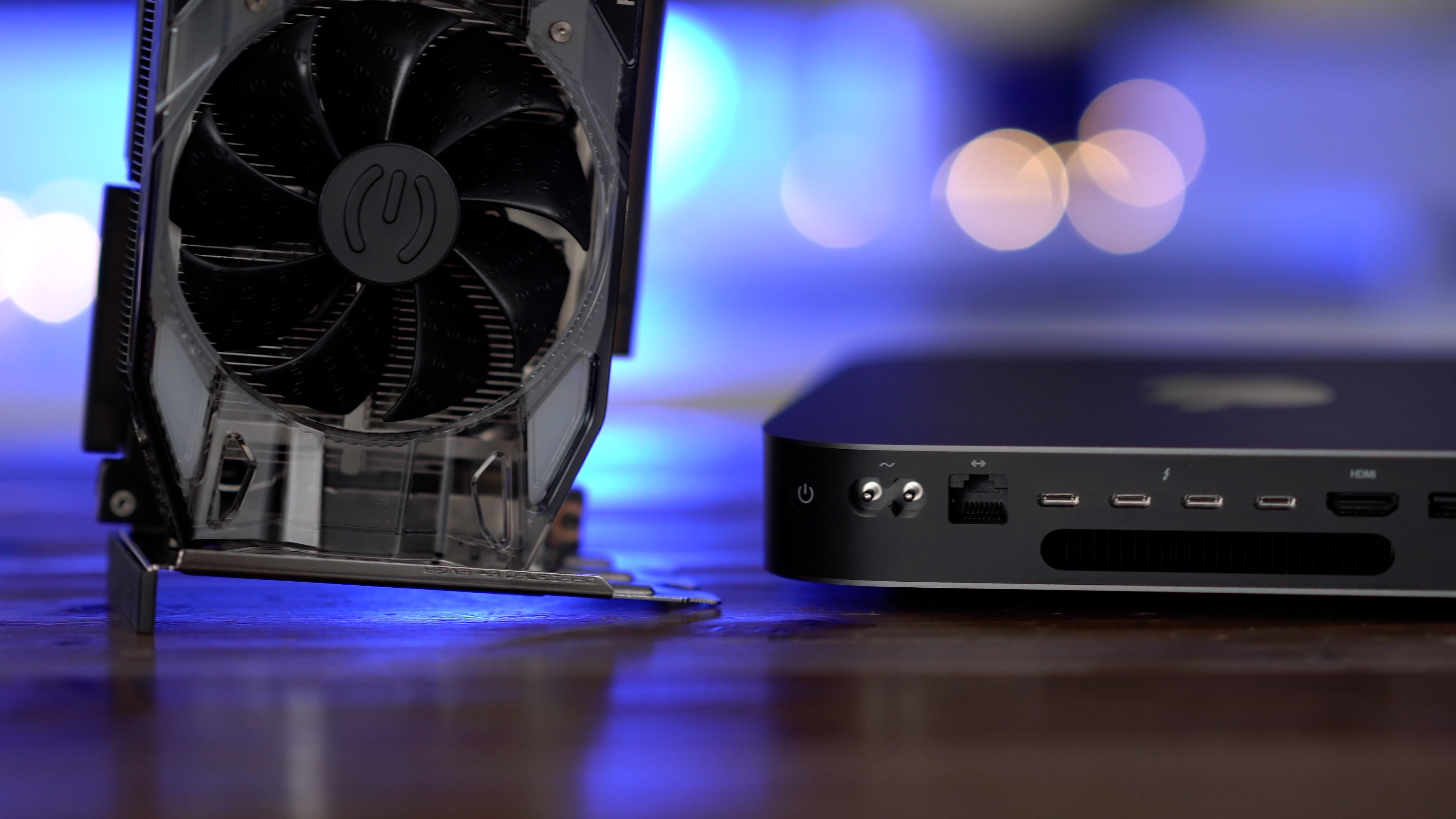
- The Intel Mac mini has more physical I/O, with four Thunderbolt ports shared across two buses. Rumors suggest that Apple will remedy this issue with the 2022 Mac mini, providing four Thunderbolt ports.
- The Intel Mac mini can be configured with up to 64GB of RAM, while the M1 Mac mini maxes out at just 16GB of unified memory. The refreshed Mac mini should address this issue by making it possible to configure up to 64GB of unified memory.
- The Intel Mac features unsoldered RAM, making it feasible to upgrade memory using aftermarket SO-DIMM modules. It’s simply not possible to upgrade the memory of Apple Silicon-powered Macs, since the memory is a part of the chip itself.
Two areas where Intel Macs maintain an advantage
- The Intel Mac mini is compatible with Boot Camp for booting directly into Windows using Mac hardware. There is currently no Boot Camp-like option available for Apple Silicon, so you’ll have to rely on virtual machines in order to run Windows.
- Like all recent Intel Macs, the Intel Mac mini is compatible with external GPUs for extra bolt-on graphics power. It’s unlikely that we’ll see external GPU support come to Apple Silicon-powered Macs.
Reports have suggested that Apple will discontinue the Intel Mac mini upon the launch of new Mac mini hardware. If that’s true, it means that the 27-inch iMac and the Mac Pro will remain the last Macs featuring Intel chips.
Improvements I’d like to see in the 2022 Mac mini
Here are some things I’d like to see in an upcoming Mac mini refresh:
- More I/O
- More memory
- Smaller form factor
- Better speakers?
From what we can gather from the rumors, it sounds like Apple will definitely address my first two bullet points — as more I/O and more memory are givens with the system-on-a-chip upgrade — presumably the M1 Pro and/or M1 Max. The smaller form factor also seems like a potential since rumors are indicating that we’ll see a refreshed design.

The one area on my wish list that might not get addressed is the idea of adding better speakers. For the life of me, I can’t understand why a company that’s so invested in music would put such a horrible speaker inside the Mac mini. Granted, most people are going to use external speakers with the mini, but at least make the built-in speakers sound somewhat decent. It’s a small gripe, but it always annoys me when I hear the scarcely perceptible sound trickling from the Mac mini’s chassis.
How to get more life out of an existing Intel Mac mini?
But what if you want to keep your Intel Mac mini? There are some obvious (and not so obvious) things that you can do to extend its life. One such improvement involves upgrading the machine’s RAM with aftermarket SO-DIMM modules. It takes some work, but it’s possible to upgrade Mac mini RAM with up to 128GB via two 64GB SO-DIMM modules.
The next obvious step is to add external storage. The Intel Mac mini, with its four Thunderbolt ports, has plenty of I/O for adding fast external storage. If you’re looking for the best performance, a Thunderbolt SSD is the way to go, but if you’re looking for the best bang for the buck a USB-C SSD, such as Samsung’s T7 or the SanDisk Extreme, are both great choices.
Sonnet DuoModo modular Thunderbolt expansion system
Another way to garner huge performance gains out of the Intel Mac mini is to utilize an external GPU. I’ve covered tons of external GPU options for 9to5Mac over the years, but there’s one specific option that I’d like to discuss in this episode of Back to the Mac.
Sonnet’s DuoModo modular Thunderbolt expansion system provides a slightly different take on the typical eGPU setup. Utilizing Sonnet’s dual-module desktop enclosure, you can combine a Mac mini and a GPU into a single enclosure for a super-charged Mac mini graphics experience.
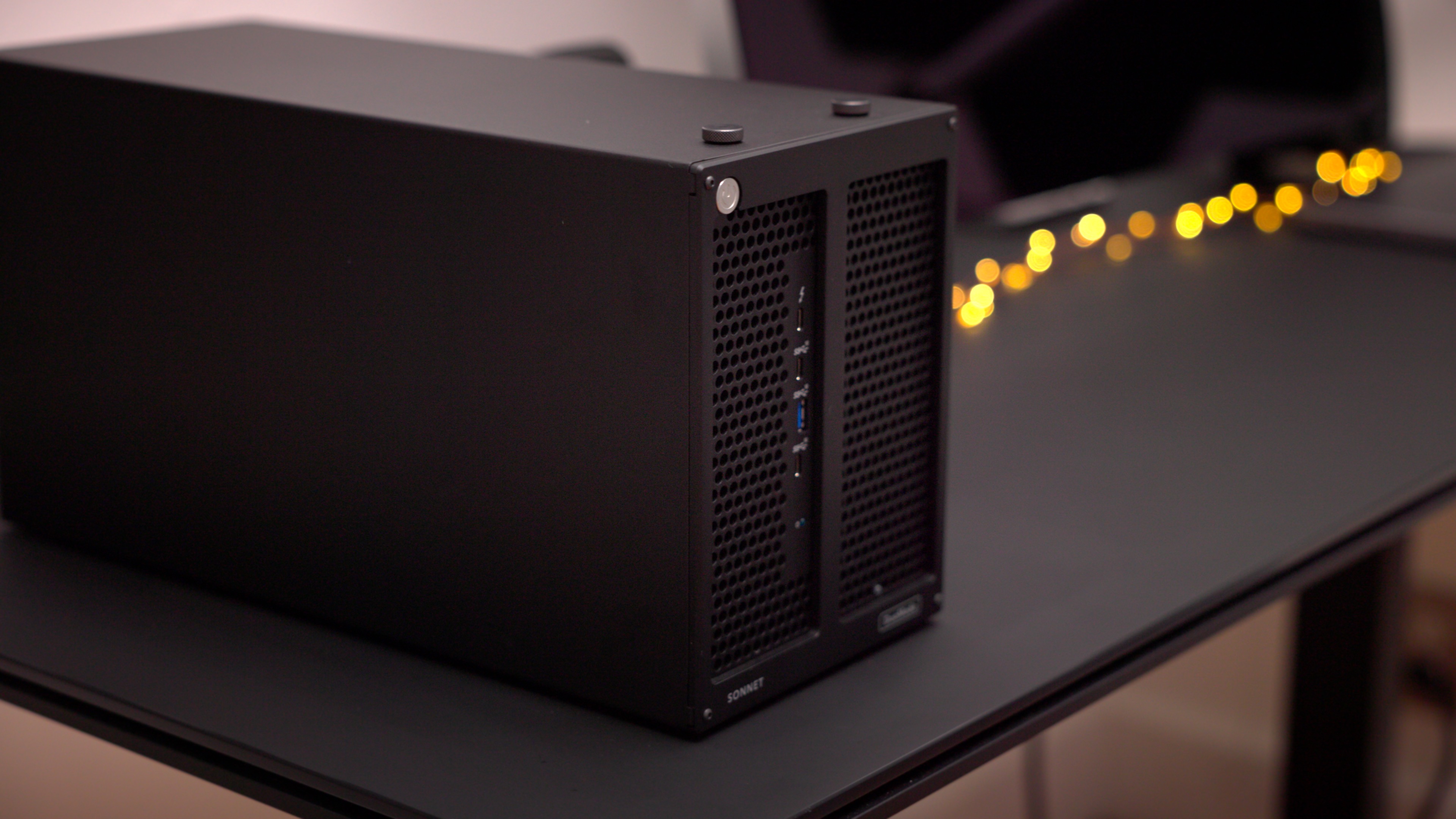

The DuoModo system features several different module options, such as the xMac mini Module for housing a full Mac mini computer inside, the eGPU Module for housing a full-sized graphics card, and the Echo III Module – a 3-slot Thunderbolt to PCIe card expansion chassis.
Users can mix and match two DuoModo modules into the dual desktop enclosure or a rack mount-style enclosure. In my testing, I combined an xMac mini Module and an eGPU Module with a powerful Radeon RX 6900 XT graphics card. The result is an impressive all-in-one desktop setup with much higher graphics capability, storage capability, and I/O than a standalone Mac mini.
In addition to housing a full Mac mini, the xMac mini Module features a full Thunderbolt 3 dock featuring two USB-C ports, a USB-A port, and an extra Thunderbolt port for facilitating daisy-chain setups. Inside the xMac mini Module is a place for two M.2 SSDs, which lends users the potential to add up to 16TB of external storage.
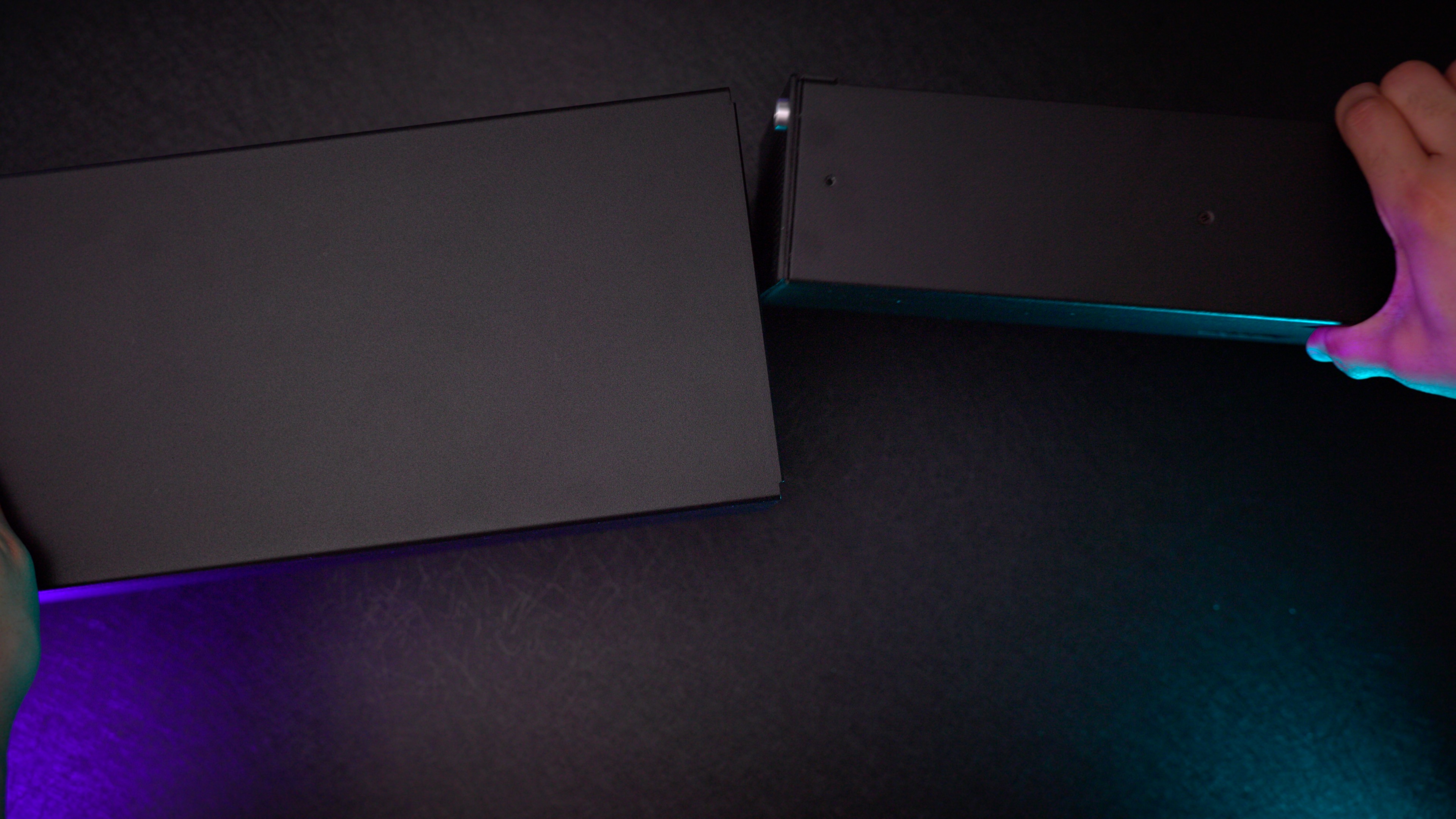
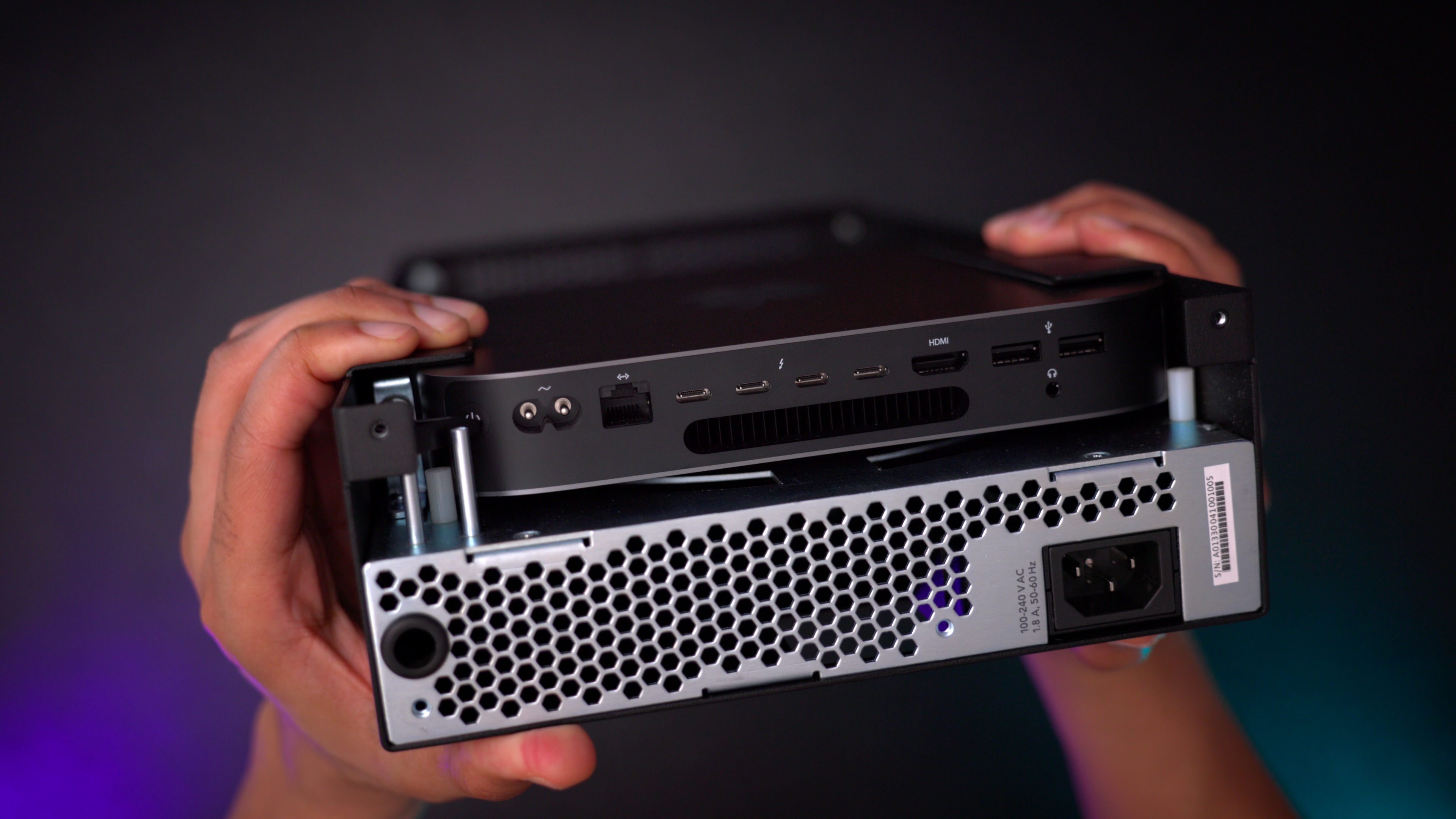

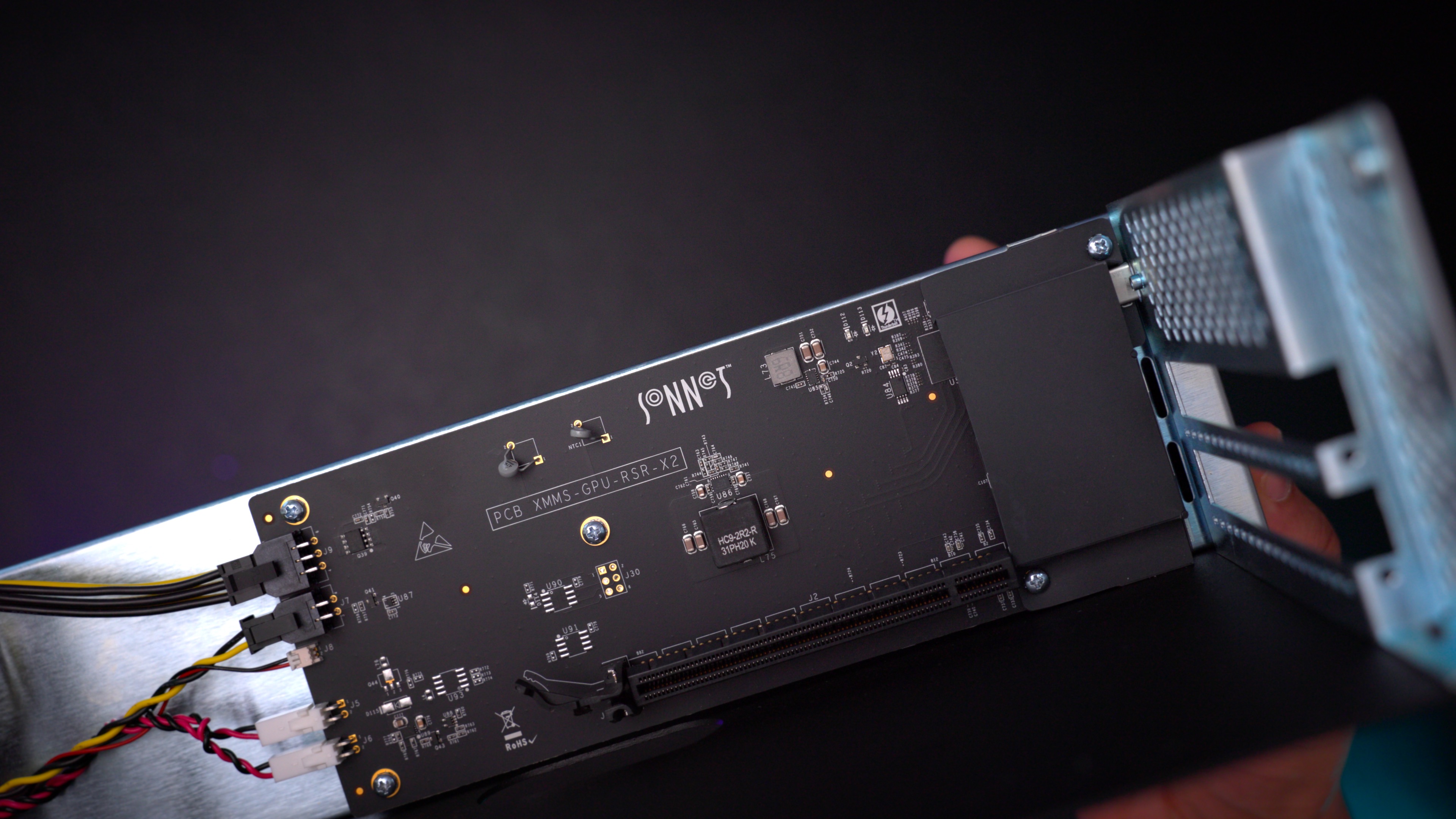
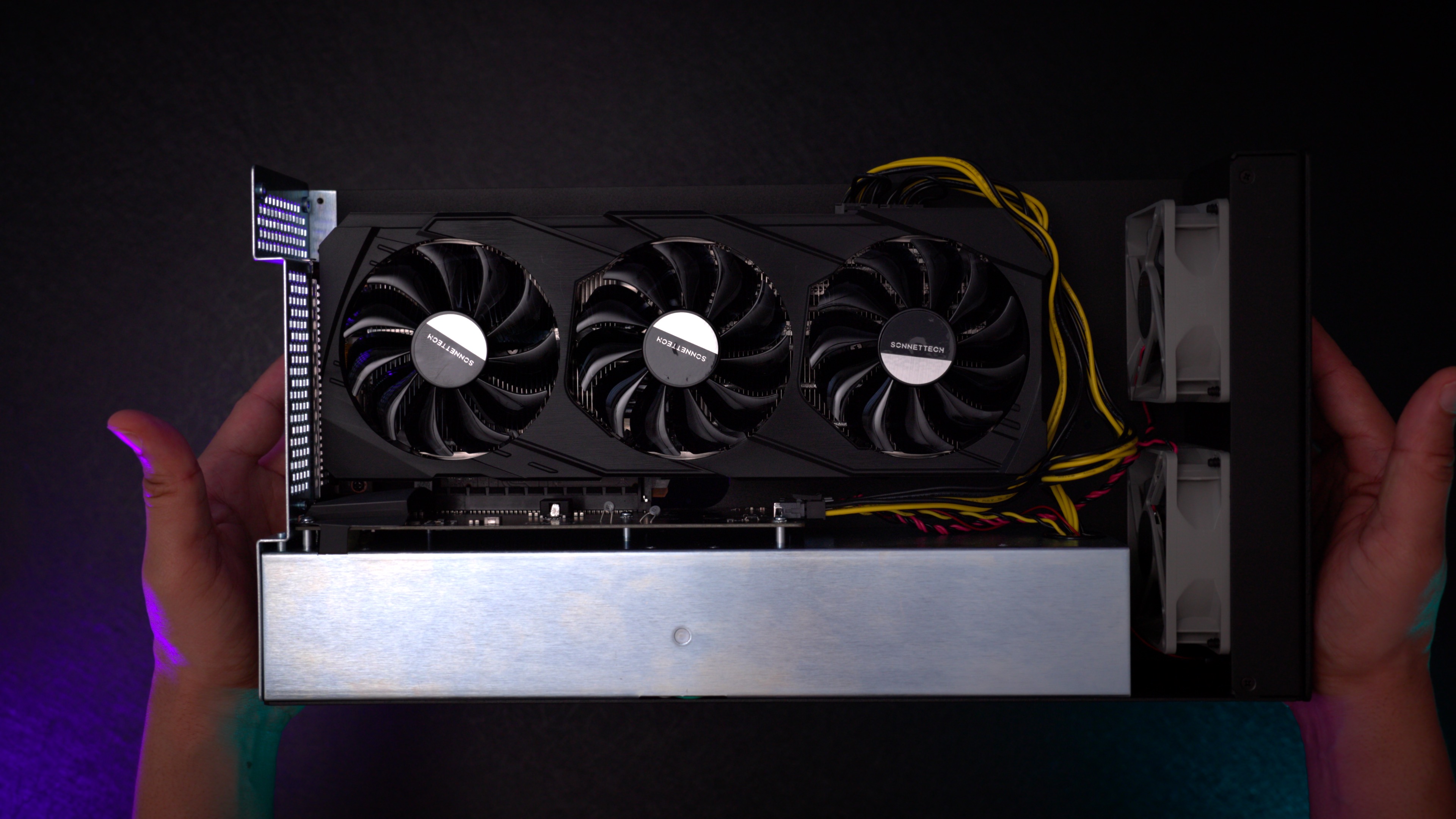
The Mac mini is infamous for its underpowered integrated graphics, so adding an external GPU is a quick and easy way to boost performance. It obviously goes without saying, but compared to the integrated GPU, a beast like the Radeon RX 6900 XT is a massive upgrade by several orders of magnitude.
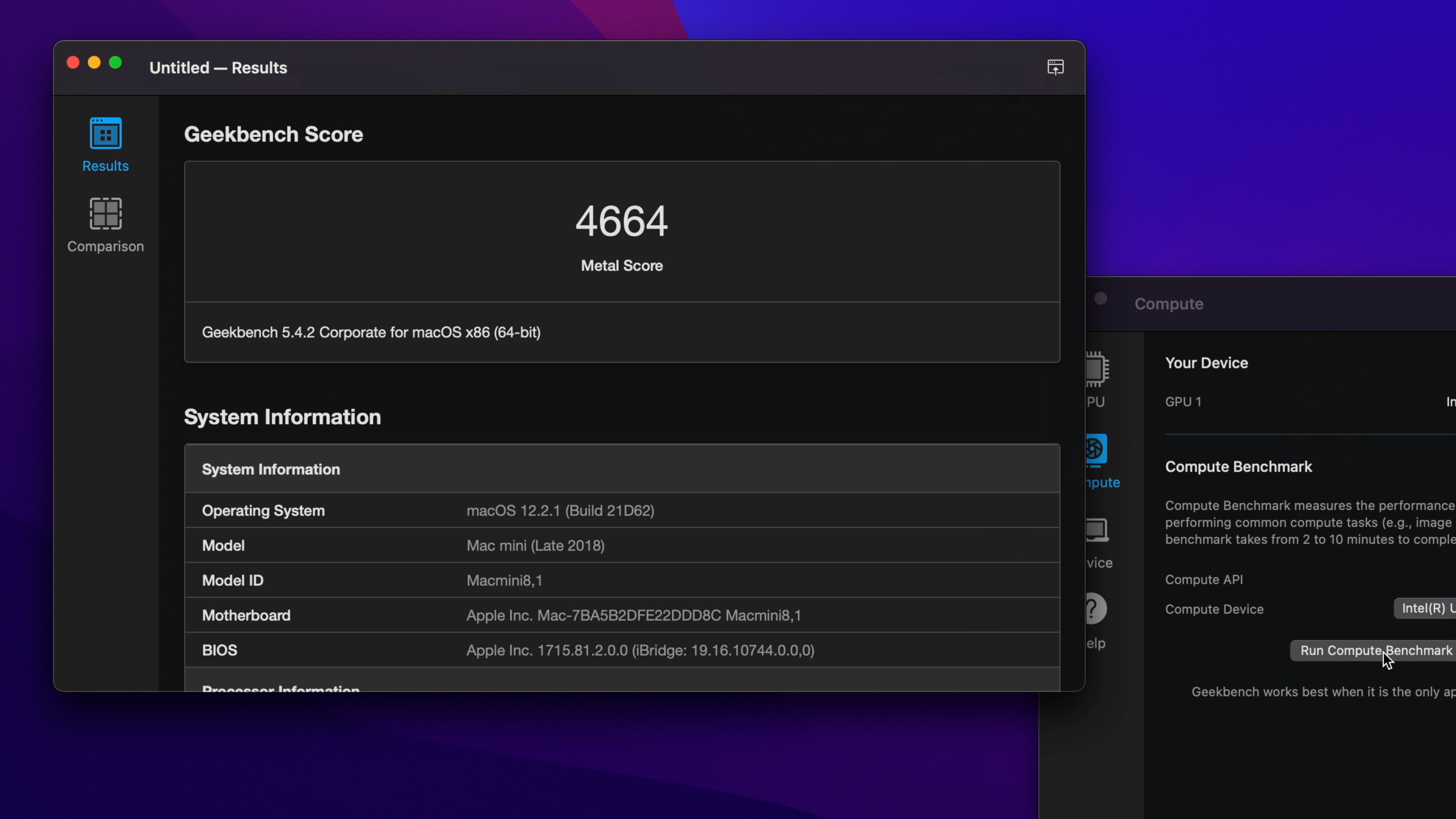

Sonnet’s modular system is a very interesting concept, and it provides a way for Intel Mac mini owners to beef up their Macs – either by adding an eGPU or by adding up to three full-sized PCIe cards using the Echo III Module. Although M1 Mac mini users have no use for the eGPU side of things, they can still utilize the PCIe expansion module if they need access to several PCIe cards, such as when setting up Avid HDX cards for a ProTools workstation. The xMac mini chassis also includes an internal USB-A port for housing one of those annoying always-connected license dongles that apps like ProTools require.
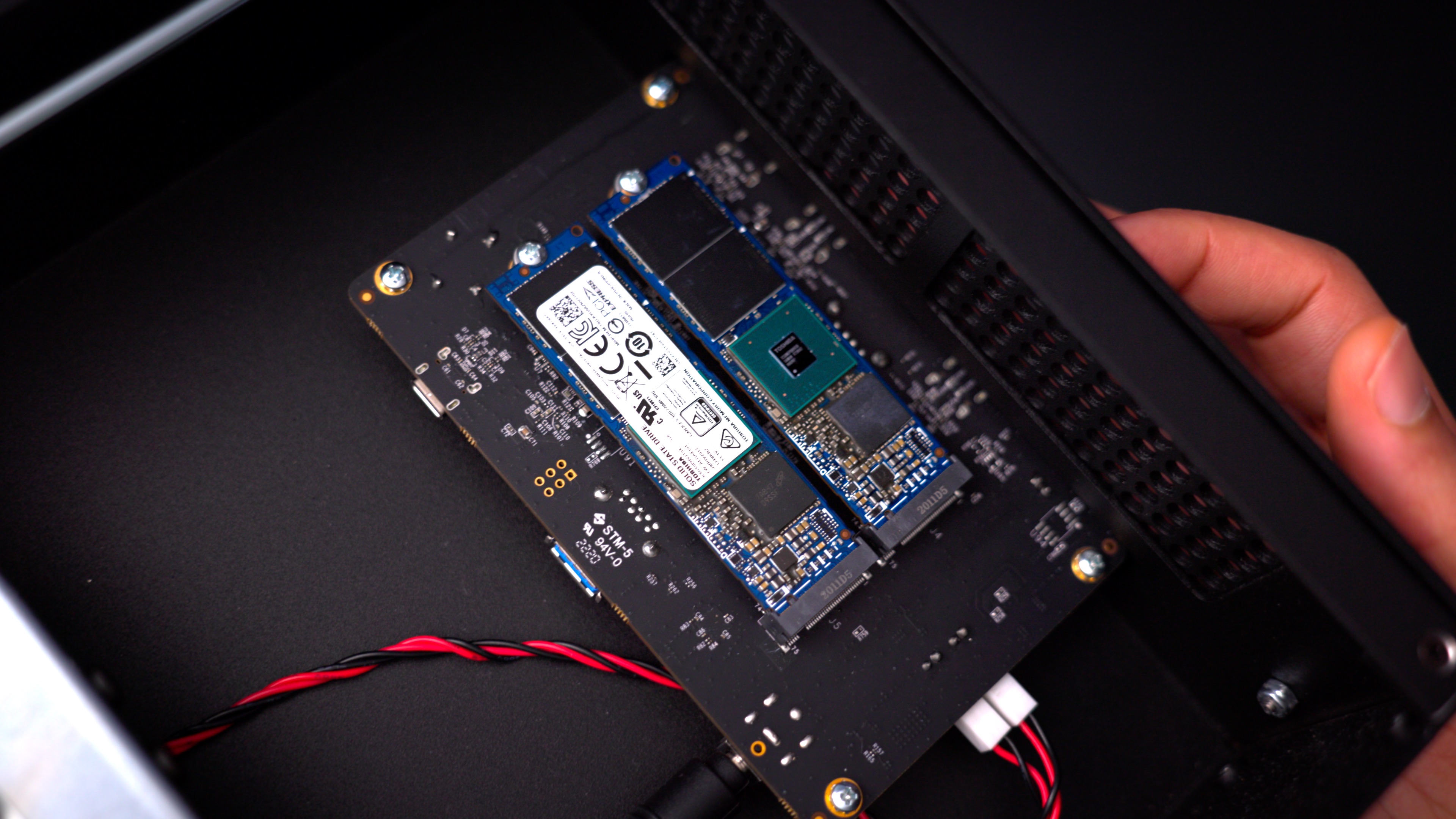
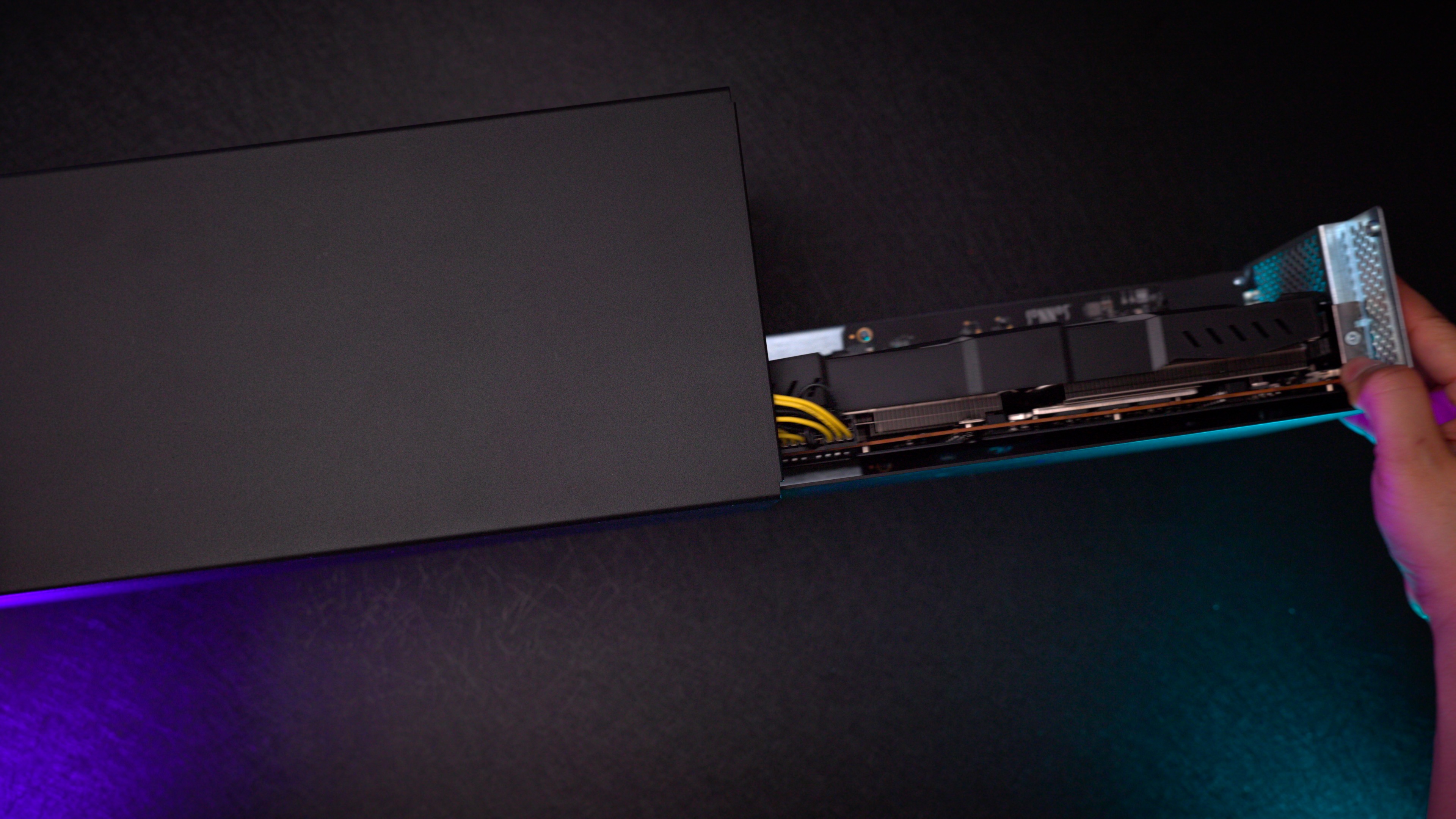
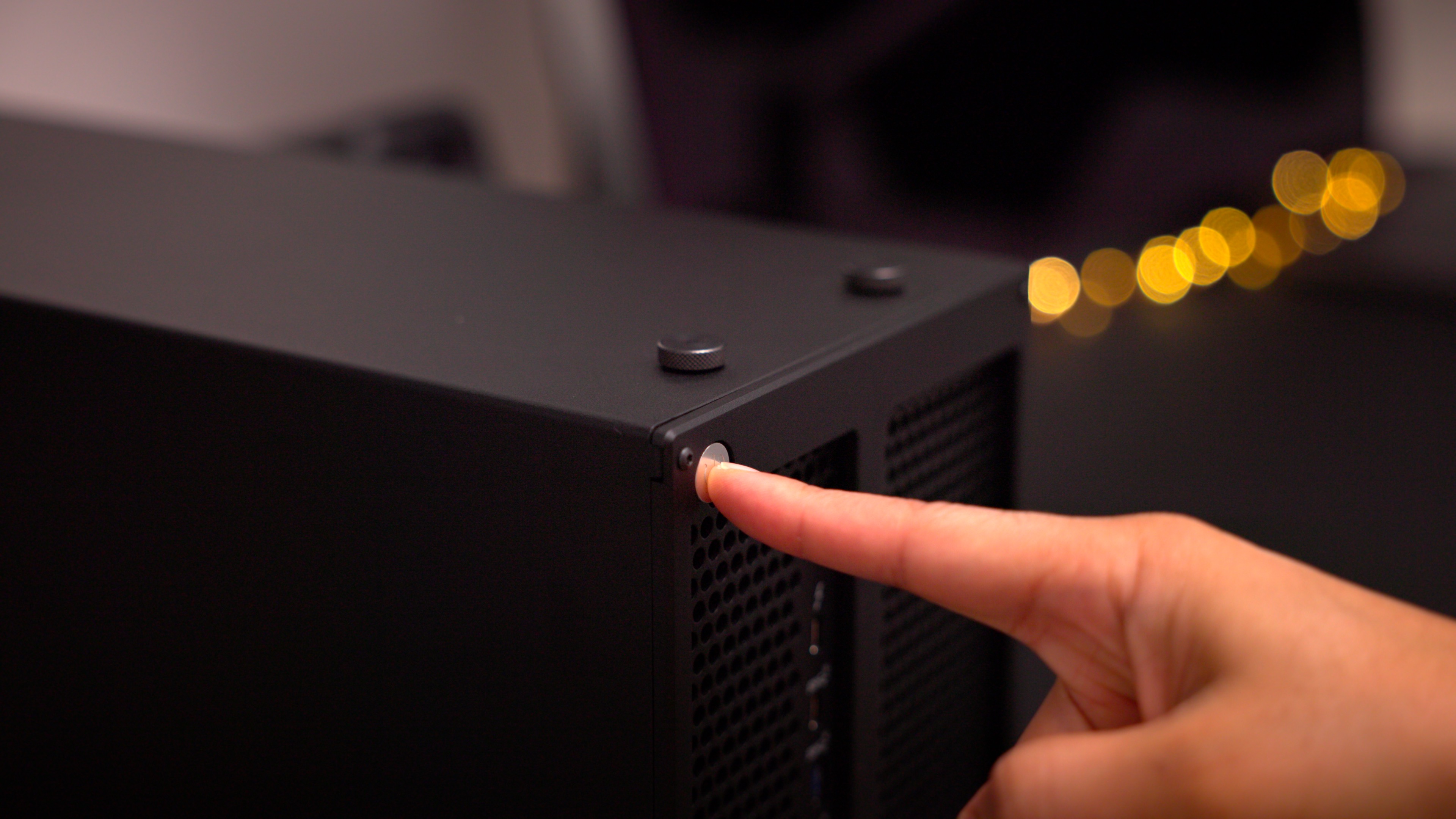
The DuoModo modular system isn’t for everyone, but if the Mac mini is the centerpiece of your workspace setup, it provides you with an intriguing all-in-one expansion option that’s clean and neat looking. If you’re an Intel Mac mini user, combining it with external graphics via the eGPU module can bring about a notable increase in performance. You can build your own Sonnet DuoModo system starting at $499 for the xMac mini module.
9to5Mac’s Take
This upcoming refresh is the Mac mini that we’ve all been wanting since it first became clear that the transition to Apple Silicon was actually happening. The 2022 Mac mini refresh should address most of the concerns that hamper the current M1 Mac mini experience, and even a major design update, something we haven’t seen in over a decade, seems possible.
The current-gen M1 Mac mini is a solid machine, but it was a step back in some ways in terms of I/O, storage, and memory. The next Mac mini should provide many of the features that made me crown the 2018 Intel Mac mini as the most versatile Mac in the lineup.
But what if you still have an Intel Mac mini? Depending on how you use it, you may deem it worth holding on to. There are many ways to get more out of your Intel Mac mini with RAM upgrades, eGPU upgrades, and even full-on modular systems like we have with Sonnet’s DuoModo. And unlike the M1 Mac mini, the Intel version can run Windows natively.
What do you think about the current state of the Mac mini? Do you currently own an Intel or M1 model? Will you upgrade when Apple releases the 2022 version? Sound off down below in the comments with your thoughts.
Back to the Mac is a topical Mac-centric series that explores the latest news affecting the Mac landscape and ecosystem. If you enjoyed this episode, consider subscribing to 9to5Mac on YouTube and catch up with some of my previous episodes.
FTC: We use income earning auto affiliate links. More.




Comments